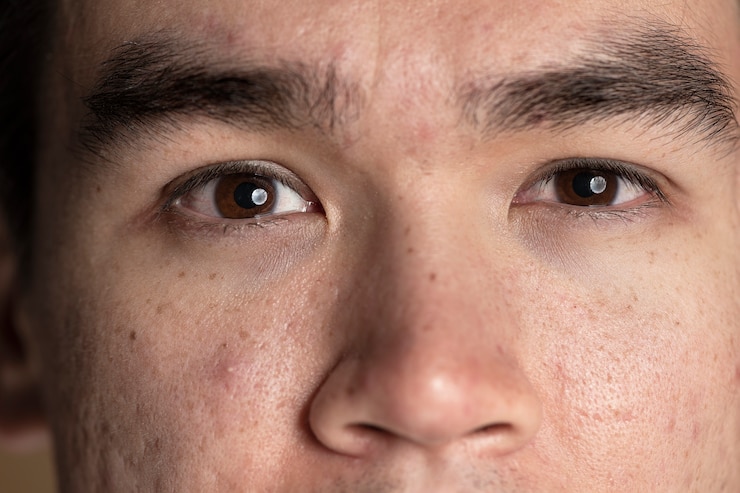Milia are small, hard, white bumps that appear on the skin, typically around the eyes, nose, or cheeks. These cysts form when keratin, a protein found in the skin, becomes trapped beneath the surface. While milia are often harmless, they can be unsightly, especially when they become recurring. If you're wondering how specialists remove recurring milia, this article will guide you through the process, treatment options, and answers to some common questions.Let's explore the Milia Treatments in Dubai .
What Are Milia and Why Do They Keep Coming Back?
Milia are tiny cysts that form when dead skin cells and keratin become trapped in pockets under the skin. They are particularly common in newborns but can occur in adults as well. When milia become recurring, it usually indicates a skin condition or a lack of proper skin exfoliation. Specialists typically address recurring milia through various methods, ensuring that the cysts are safely removed without causing damage to the surrounding skin.
How Do Specialists Remove Recurring Milia?
Specialists often utilize several techniques to remove recurring milia, ensuring that the process is both effective and safe.
- Manual Extraction
- One of the most common ways specialists remove milia is through manual extraction. Using a sterile needle or a comedone extractor, the specialist carefully opens the milia cyst and gently squeezes it out. This method ensures that the cyst is removed completely, reducing the likelihood of it returning.
- Laser Treatment
- For stubborn or recurring milia, laser treatments can be an effective solution. Specialists use a focused laser to target the cyst, breaking down the keratin and allowing the skin to naturally absorb it. Laser treatments are precise, which makes them ideal for sensitive areas like the skin around the eyes.
- Cryotherapy
- Cryotherapy involves freezing the milia with liquid nitrogen. This method works by damaging the cyst, causing it to break down and eventually disappear. Cryotherapy is often used for recurring milia as it offers long-lasting results.
- Chemical Peels
- Chemical peels, administered by dermatologists, use a solution that exfoliates the skin, helping to remove the layers where milia form. Regular peels can reduce the occurrence of milia by preventing clogged pores and improving skin texture.
- Topical Treatments
- In some cases, specialists may recommend topical retinoids or other exfoliating creams to prevent milia from recurring. These products help to speed up the skin’s turnover rate, making it less likely for keratin to get trapped beneath the surface.
FAQs
1. Can I remove milia at home?
While it's tempting to try home remedies, it’s recommended to consult a dermatologist for safe removal. Attempting to pop milia at home can lead to scarring or infection.
2. Why do milia keep coming back?
Milia may recur due to factors like poor exfoliation, hormonal changes, or the use of heavy skin care products. A specialist can help identify and address the root cause.
3. How long does it take for milia to be removed?
The removal process usually takes a few minutes, but recovery time may vary depending on the method used. Laser and cryotherapy treatments typically require little to no downtime.
4. Are there any risks involved in milia removal?
When performed by a qualified specialist, milia removal is generally safe. However, there is a slight risk of scarring or infection if not done properly.
5. Can milia be prevented?
Regular exfoliation, using non-comedogenic skin care products, and avoiding thick, pore-clogging creams can help prevent milia from forming. A dermatologist can provide tailored advice for your skin type.
Conclusion
Removing recurring milia requires a specialized approach to ensure safe and effective treatment. Whether through manual extraction, laser treatment, cryotherapy, chemical peels, or topical treatments, specialists offer a variety of solutions tailored to your skin’s needs. If you struggle with recurring milia, consulting with a skin care professional is the best way to ensure proper removal and prevention.





Comments